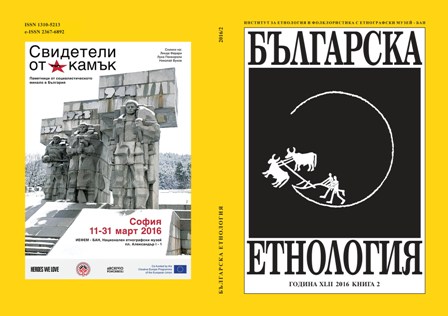
We kindly inform you that, as long as the subject affiliation of our 300.000+ articles is in progress, you might get unsufficient or no results on your third level or second level search. In this case, please broaden your search criteria.


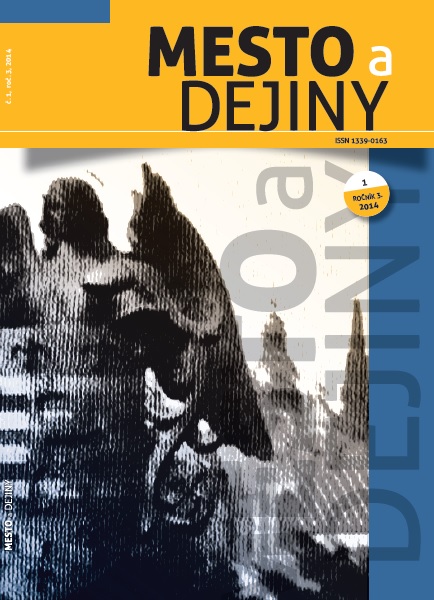
Materials about the nature of personal relationships are an important source of information about everyday life. This article bring information on daily life and attention is focused on the city of Krakow. In addition leading themes, personal relationships contain a lot of information about the difficulties with the supply and quality of housing, the attitude towards the changes taking place in the city, functioning within the official public life and privacy. The purpose of this article is not to criticize source materials such as memoirs, or reflections on the formation and functioning of the memory of the war and occupation.
More...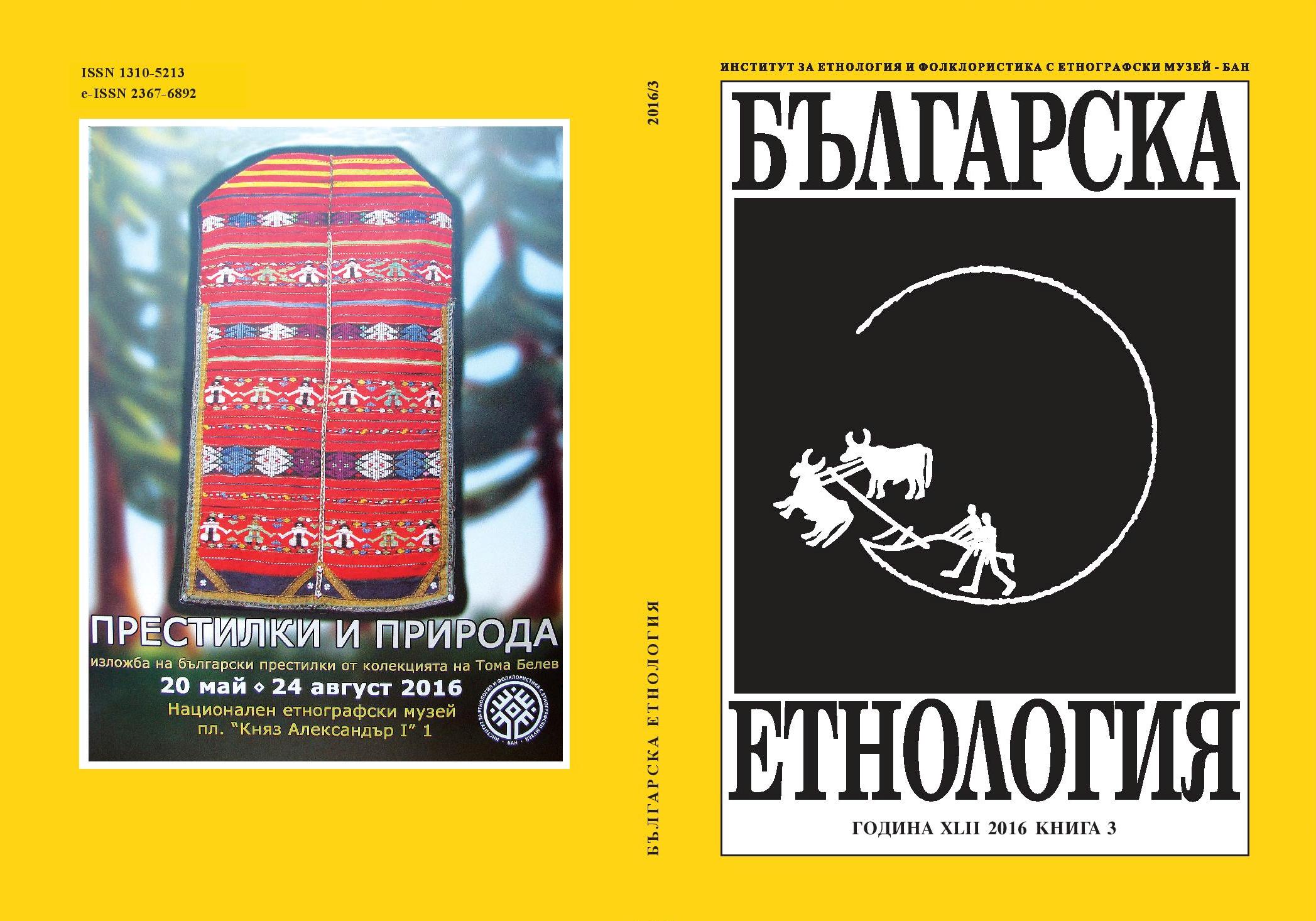
In the last decades, despite some pessimistic prognoses, shamanism is experiencingrevival. In the course of this process, shamans are adapting their practices to theclients’ expectations and new profile; as a result their own traditional view of theБългарска етнология, world is undergoing significant changes. One of the newly-emerged features ofcontemporary shamanism in Buryatia is dividing the inhabitants of the sacred worldinto „prestigious“ and „non-prestigious“ and offering them gifts corresponding tothis new status, all this with the active participation of the shamans themselves. Thearticle presents such practice which the author observed and assumes that there is alsoa process of transmission of respective ideals and values in the sphere of the sacredworld.
More...
The Areca nut is one of the products found in South Asia, Southeast Asia, andSouthern China. In China, being an exotic product that can be grown only in tropicalclimate, the Areca nut used to be highly appreciated and considered as a precious giftamongst the nobles in the past, especially during the Tang and Song dynasties. Whilein Vietnam, throughout its history, the Areca nut, because of its inherent spiritualvalue, has been an indispensable object of sacrifice in Vietnamese ancestral worshipas well as their lifetime rituals such as weddings, funerals and during childbirth. Apartfrom being an essential offering in rituals and ceremonies, the Areca nut traditionallywas also a means of mobilizing Vietnamese people’s social interactions (includingcourting between young boys and young girls).After doing a short description on how the Areca nut was used as a gift and as asacrificial object respectively in China in the past and in Southeast Asia, this article,from a historical point of view and with the author’s first hand materials from herfieldwork in Vietnam, attempts to show and explain both why and how the Arecanut has been functioning as a core indispensable object in sacrifices as well as ritualsand also as a means of social interaction in Vietnam. Thus, the article emphasizesthe important role that the Areca nut plays in Vietnamese people’s spiritual life andculture.
More...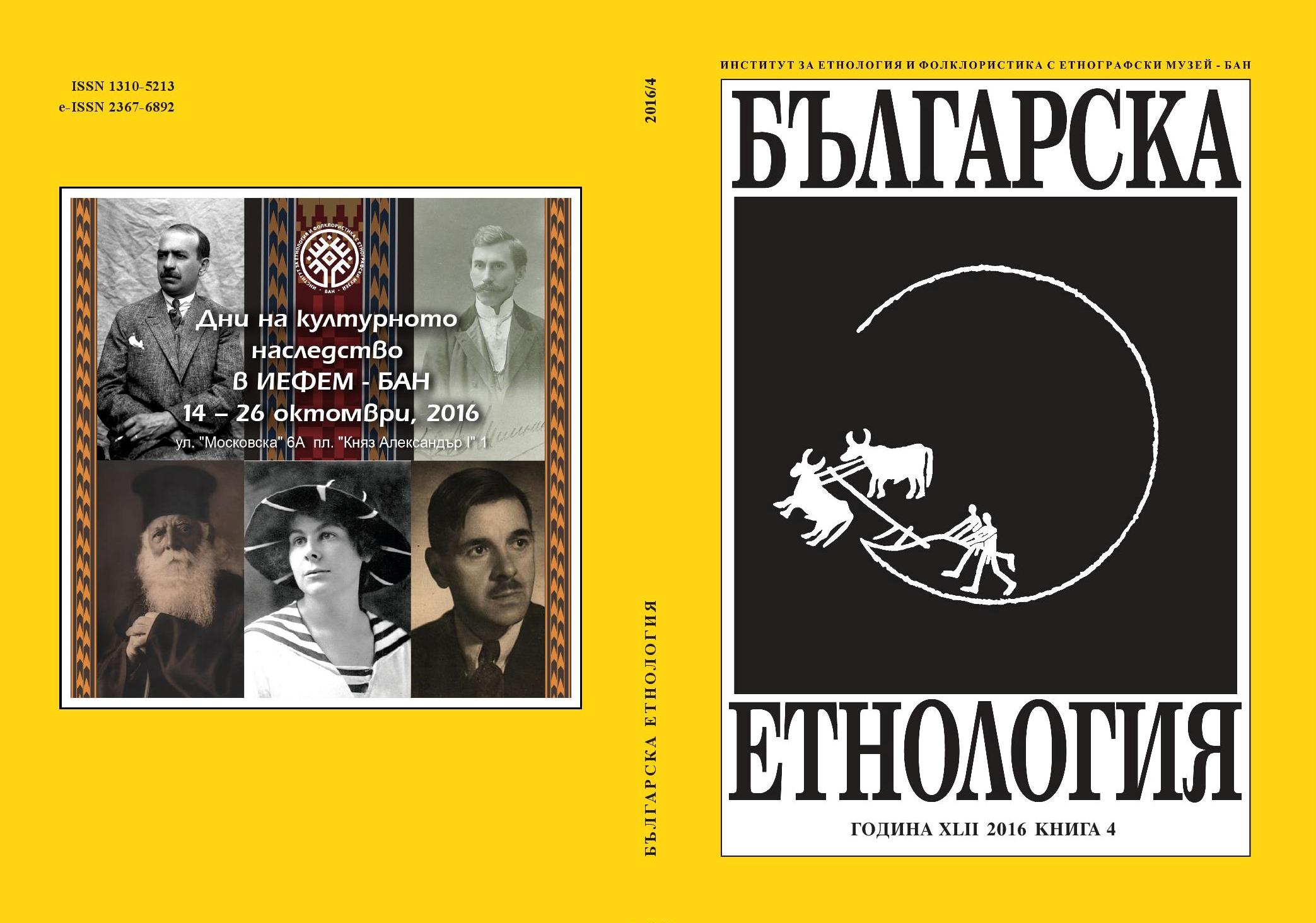
The article analyses the process of choosing different strategies of identification bythe Bulgarians in Ukraine. The present state of the “identification processes” againstthe background of the “war of memory” and the “invented traditions” places themamong the priority problems of science and politics.The subject of analysis are the specifics of the formation of collective memorywhich are at the root of the choice of identification strategy: commemorative practices,mechanisms for memorialization of the past, the correlation between the localgroup history and the national strategies of Bulgaria and Ukraine. The conclusionis that the choice of identification behaviour is influenced by the efficiency of thesocial adaptation under the specific historical circumstances. The social resources atdisposal of the group in any particular moment influence the choice of vectors of thecollective memory and predetermine the formation of defensive practices aiming topreserve the group.
More...

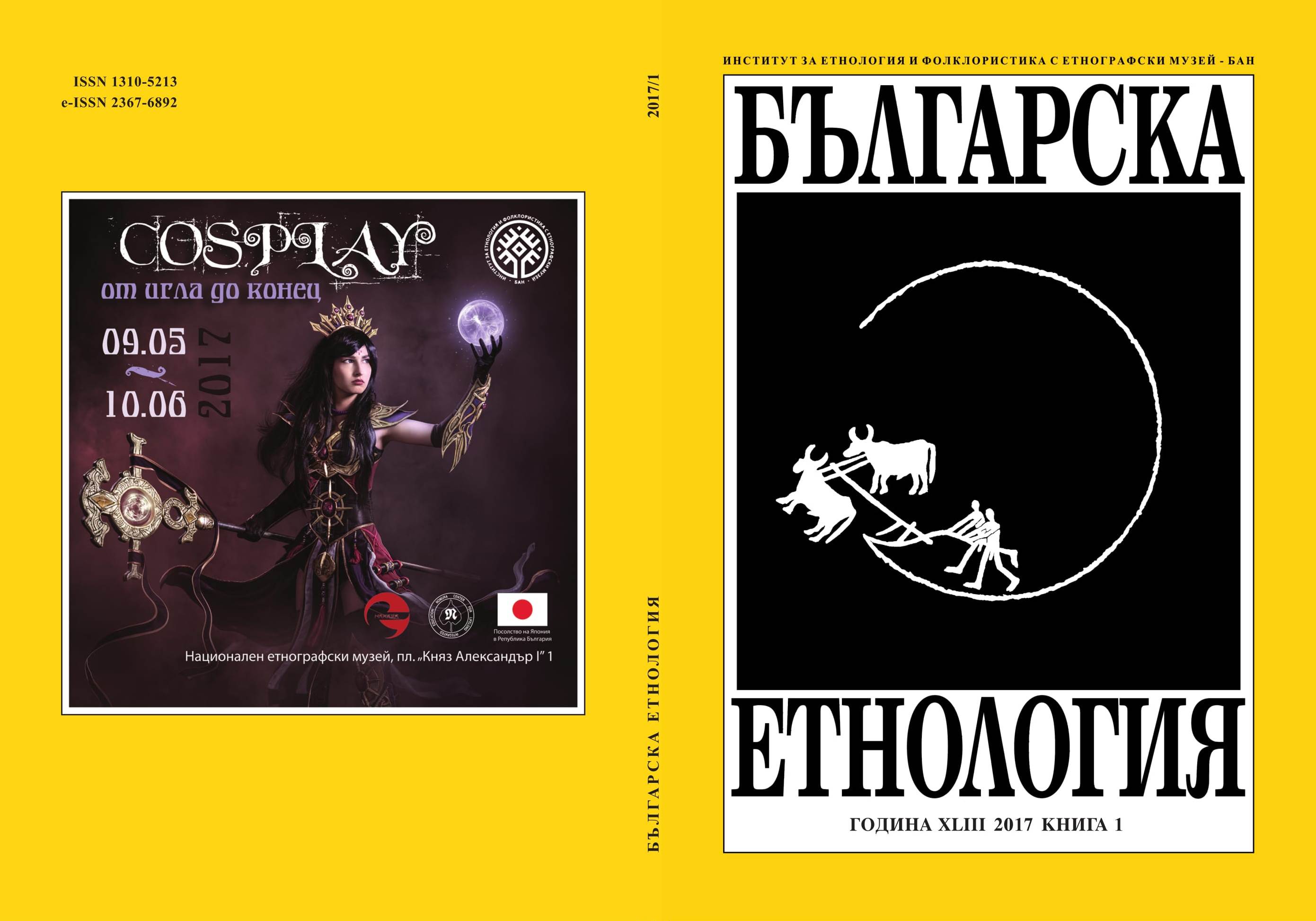
According to Wahrig Deustsches Woerterbuch the concept of the “road” refers to a place which you have to walk in order to obtain your wish, to change some life situation in a positive or negative way; there the desired result of the act is achieved. Therefore, in our traditional culture the road is the place where people most often perform all sorts of magical actions including “white” and “black” magic. The crossroad has the same meaning; in a sense, it outlines the model of the horizontal division of the world which finds expression in four main directions – east, west, north, south. The article shows some of the most common “white” magical actions which aim at positive results – mostly various healing practices against diseases such as “gorska mayka” and “vankashna bolest” as well as customs dedicated to the mythical master-guardian of the village such as “Kokosha cherkva” and customs against drought. The article also examines some “black” magical actions aiming at doing harm: “binding” of newlyweds, stealing the milk of somebody else’s cows.
More...
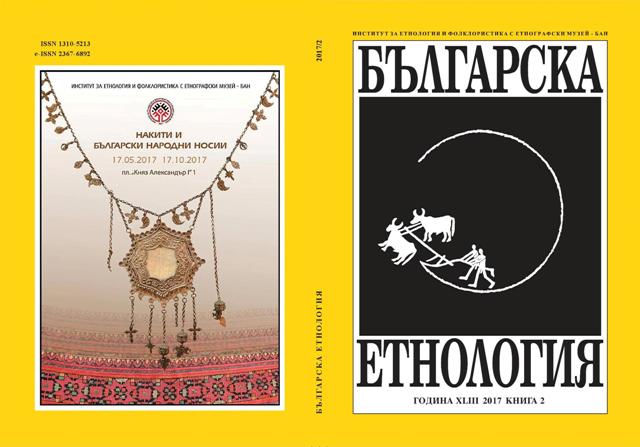
In the last years, the “Roma topic” attracts an increasing interest and takes a fopemost place in the public sphere of united Europe; hence, the Roma policies become a significant challenge on national and European level. Before analyzing the contemporary political discourses about the integration and the social inclusion of Roma, however, it is obligatory to know very well the previously existing state policies toward the Gypsies from the time of their arrival in Europe in the Middle Ages until today. Since a great number of the Roma population continues to live in the countries of Eastern Europe, the policies of the states which formed the “socialist camp” after World War II are very important. The analysis of the existing main political discourses about the Gypsies/Roma (and mostly of their results) should be the basis for the analysis of the contemporary national and European discourses about the Roma policies. Based on this, the achievements and the failures of those policies may find explanation and some prognoses about their results (or the lack of such) could be made.
More...
“The Gypsies are our own, domestic problem” is a phrase attributed to the long-term former head of the old communist Bulgarian government, Todor Zhivkov. The government policy towards the Gypsy minority in communist Bulgaria is one of inclusion to the Bulgarian way of life, and its implementation is carefully tailored to the specificities of Bulgaria as a country.It is a little known fact that towards the end of the 1940’s, the Bulgarian Gypsies suddenly turn from a “domestic problem” to something much larger and thus become part of the great confrontation between the two world political camps divided by the Iron Curtain. This takes place during the emigration of the ethnic Bulgarian Turks which starts in 1948, and during which, applications for emigration are filed by both Bulgarian Turks and Muslim Bulgarian Gypsies. It is this latter ethnic minority that becomes the cause for a serious conflict between ‘communist Bulgaria’ and ‘capitalist Turkey’.This paper aims at following the events from the end of the 40’s until end of the 80‘s of the previous century as well as analyzing the consequences of the confrontation between the two neighbouring Balkan countries.
More...


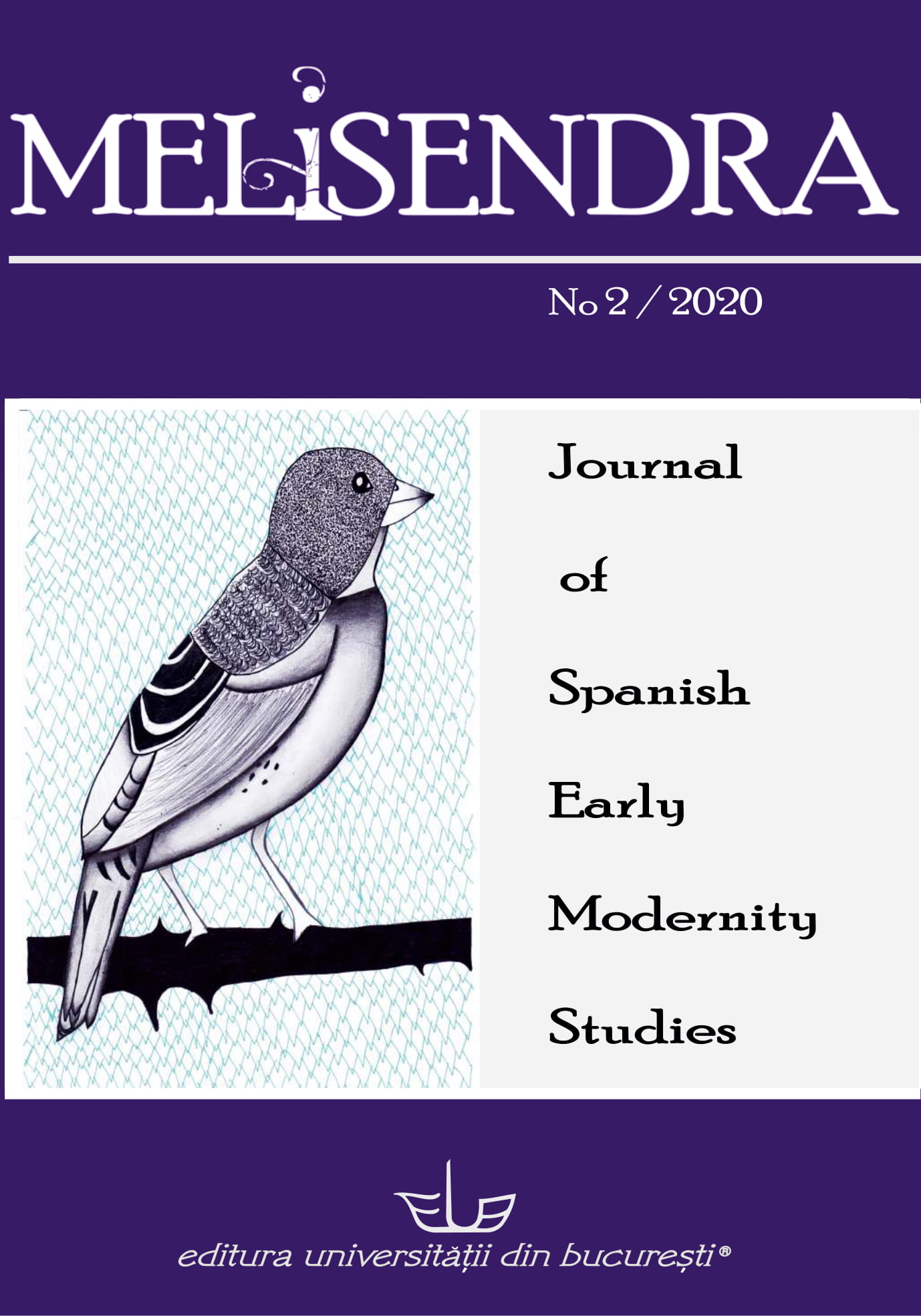
Se estudia el enfoque que se le dio a la lactancia materna en diversos textosde la temprana modernidad: obras médicas de los siglos XV al XVII del Viejo y delNuevo Mundo y crónicas de la conquista espiritual de América. El corpus textualseleccionado lo unifica su marcado providencialismo y su potestad Divina. Se proponeubicar estas obras desde una tradición que toma en cuenta el eclecticismo y eldinamismo en la materialidad de la cultura escrita: siempre se construye un texto a partirde distintas fuentes para conseguir, de modo activo, algo novedoso. Con base en esto, sedestaca que los autores médicos y cirujanos de esta clase de obras crearon unametatextualidad en dos sentidos: uno propio del quehacer del arte médico y otromeramente literario. Finalmente, se propone entender las funciones de los autoresdentro del entramado al que invita su discurso normativo de estilo áspero, desde el cualdefendieron la idea de un paraíso en el Nuevo Mundo ante el cisma que tuvo la Iglesiaen el siglo XVI.
More...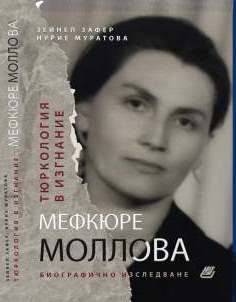
Mefküre Mollova was the first Turkish woman and university professor in Bulgaria, who defended her Ph.D. thesis in the field of turkology and gained international fame for her research. She is the author of over 150 publications in prestigious international journals that continue to be cited today. Mefküre Mollova was among the founders of the Turkish Philology at the University of Sofia. She had worked for only about 7 years (1953-1961), when she and her husband were dismissed from their academic positions on false claims, and the Department was closed. She remained outside the academia until the end of her life.
More...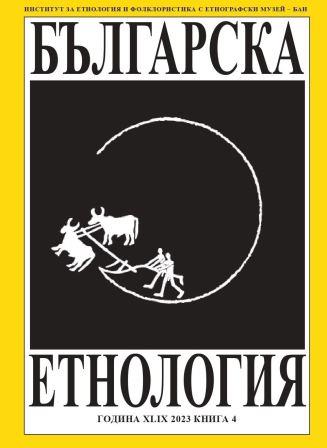
The present study focuses on the relationship of the Bulgarians in Bessarabia with Bulgaria. These relations of the Diaspora with the metropolis are examined in the text through the prism of a museum object: a Gospel from the collection of the Regional Archaeological Museum – Plovdiv. The authors focus the analysis on museology as a methodology. Some approaches to the study and interpretation of the facts from Bulgarian and foreign authors with extensive experience in the study of museum objects and collections are also examined. In general, the study offers a detailed analysis of the informational potential of a museum object in order to trace the relationship of the Bulgarians from the village of Banovka in Bessarabia (today located in Odesa Region – Ukraine) with their compatriots in the village of Chehlare, Plovdiv region during the second half of the 19th and the beginning of the 21st century.
More...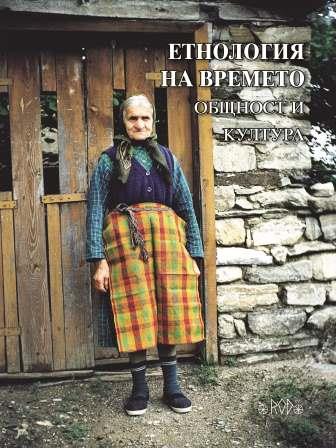
This text analyzes – from ethnological viewpoint – a relatively short period of the history of Bulgarian ethnos, and in particular of the citizens of the town of Samokov and Samokov region. This is the period between the end of Kurdzhali genocide and (the second decade of the nineteenth century) and the Liberation of Bulgaria through the Russian – Turkish War in 1877–1878. This was the period (about half of a century) when the the Bulgarian folk religiosity was developed in a form in which it was recorded in the twentieth century. The author discusses the following characteristics of the local religiosity: The Theotokos (Virgin Mary) rules “the town of the alive,” while St. Nicolas of Myra rules “the town of the dead.”In local churches, the icon of the patron of the church is placed on the iconostasis on the right side of the icon of Jesus Christ and not on the left side of the Theotokos in contrast to the usual arrangement of the icons on the iconostasis.An important element of the celebration of Easter is that the believers visit the cemeteries immediately after the priest announces, “Christ is Risen!” The grouping of the patrons of the churches in Samokov ethnoregion is clearly expressed.
More...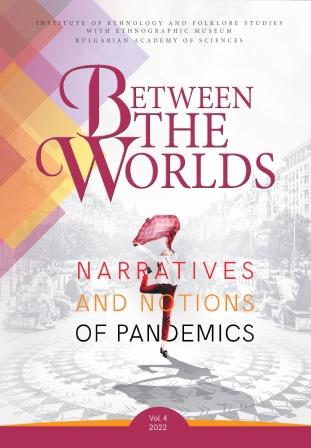
In the focus of the article are the stories of three Bulgarian women who moved back to Bulgaria in the period 2020-2021, influenced by the pandemic of COVID-19. The ethnographic study was done in October-November 2021, exploring return migration and self-identification processes among Bulgarian returnees within which, in these three particular cases, COVID-19 is given as the key trigger for the return or the permanence of the return. The stories are interesting because they elaborate on the correlation between the emigration motives, migration stories, return motives, and the self-actualisation of the women upon return, synthesising one core motive for their return – caregiving. The complexity of return decisions is typologised around the three objects to which the caregiving is addressed – the personal, extended, and larger family, seen as a community/country. The article concludes that return could be explained as a mix of the women’s responsibility to closer or larger circles and structures and triggered and initiated by the COVID-19 pandemic through their strong female will and agency.
More...